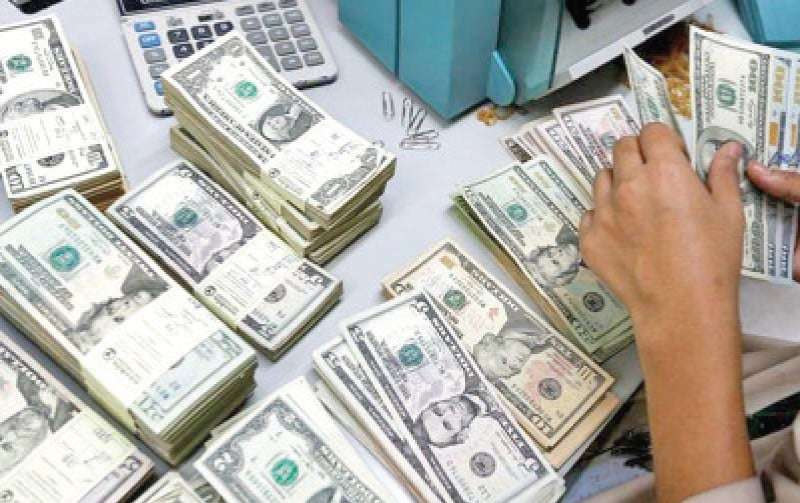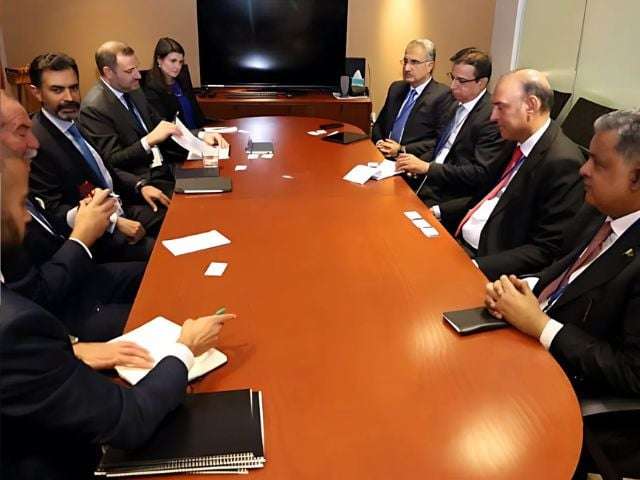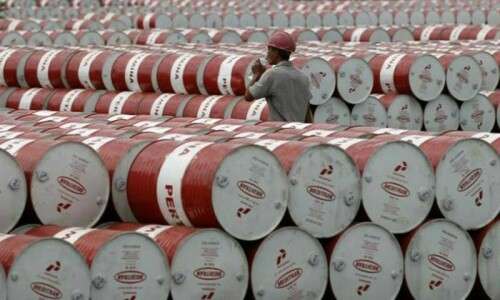Foreign Exchange Reserves Surge by $29 Million in a Week
As of November 15, 2024, Pakistan’s foreign exchange reserves held by the State Bank of Pakistan (SBP) reached a significant milestone, rising by $29 million in just one week. This surge has contributed to an overall increase of $2.19 billion over the past four months, bringing the total reserves to an impressive $11.29 billion. This marks the highest level of foreign reserves in over 31 months, offering a ray of hope amid ongoing economic challenges.
Impact on Local Currency and the Economy
The rise in foreign exchange reserves has been instrumental in providing stability to Pakistan’s local currency. The increased supply of foreign currency has helped the Pakistani rupee maintain a relatively stable exchange rate, staying below Rs278 to the US dollar on Thursday. In the inter-bank market, the rupee appreciated by Rs0.08, closing at Rs277.96/$, which is an improvement compared to the previous day’s two-month low of Rs278.04/$.
This stability in the exchange rate comes as a result of several factors, including higher-than-expected foreign currency deposits and a steady inflow of dollars from various sources. These factors have provided the central bank with ample liquidity to manage the country’s foreign exchange position effectively.
Factors Behind the Surge in Foreign Exchange Reserves
Pakistan’s foreign exchange reserves have been on a steady upward trajectory for 17 consecutive weeks. The recent surge can be attributed to several key developments in the country’s economy. Here are the main factors that have contributed to the increase in reserves:
1. Strong Inflows of Remittances
One of the primary drivers behind the surge in reserves has been the continued growth in remittances sent by overseas Pakistanis. In October 2024, remittances hit a four-month high of $3.10 billion, which contributed significantly to the foreign exchange reserves. The monthly average of remittances for the first four months of the fiscal year 2024-2025 stands at $3 billion, which is an improvement compared to the $2.5 billion average during the same period last year.
Finance Minister Muhammad Aurangzeb has projected that remittances will grow by 12% to reach $34 billion by the end of FY25, up from $30.25 billion in FY24. This growth in remittances is expected to continue to provide a cushion to the economy and support the stability of the rupee.
2. Improvement in Exports
Another significant factor that has bolstered Pakistan’s foreign exchange reserves is the improvement in exports. As the country’s export sector shows signs of recovery, the inflow of foreign currency has increased. This positive trend in exports has provided much-needed support to the reserves, helping mitigate the challenges posed by external debt repayments.
3. IMF Loan Tranche
In late September 2024, Pakistan received the first tranche of the International Monetary Fund (IMF) loan amounting to $1.03 billion. This influx of funds played a key role in the rise in foreign exchange reserves, providing immediate relief to the country’s financial situation. The continued support from the IMF is expected to bolster the economy further.
Pakistan’s Efforts to Stabilize the Rupee
The State Bank of Pakistan has been actively purchasing US dollars from the local currency markets, taking advantage of the abundant supply of foreign currency. This strategy has helped maintain the stability of the Pakistani rupee against the dollar, preventing any significant depreciation.
The central bank’s efforts to stabilize the rupee have been further supported by international financial assistance. For instance, the Asian Development Bank (ADB) recently announced a loan of $500 million to Pakistan, which is expected to provide additional support to the country’s foreign exchange reserves. Furthermore, Azerbaijan is poised to invest $3 billion in Pakistan, which will also contribute to strengthening the country’s economic position.
Future Outlook for Pakistan’s Foreign Exchange Reserves
Looking ahead, both SBP Governor Jameel Ahmad and Finance Minister Muhammad Aurangzeb have expressed optimism about the country’s foreign exchange reserves. They anticipate that reserves will reach $13 billion by the end of the current fiscal year on June 30, 2025. This projection is based on the continued inflow of remittances, the expected growth in exports, and the potential for further international financial support.
In addition, the IMF has hinted at providing $1 billion in climate financing to Pakistan, which could further boost the country’s foreign exchange reserves beyond the current estimates.
Challenges and Risks Ahead
While the outlook for Pakistan’s foreign exchange reserves remains positive, the country still faces significant challenges. The repayment of external debts, particularly the $1 billion debt payment made recently, continues to put pressure on the economy. Moreover, the country remains vulnerable to global economic shifts, fluctuations in commodity prices, and any potential changes in international financial assistance.
Foreign Currency Reserves Held by Commercial Banks
Despite the significant increase in reserves held by the State Bank of Pakistan, the foreign currency reserves held by commercial banks showed a slight decline. As of November 15, 2024, commercial banks’ foreign currency reserves dropped by $27 million, bringing the total to $4.68 billion. This decrease in commercial bank reserves highlights the ongoing challenges faced by private sector institutions, even as the country’s central bank continues to bolster its own reserves.
The Role of Climate Financing in Pakistan’s Economic Stabilization
Climate financing is emerging as a crucial element in Pakistan’s economic recovery efforts. The country’s vulnerability to climate change has led to significant international support, including the possibility of receiving $1 billion from the IMF for climate-related projects. This influx of funds is expected to provide long-term benefits to the economy, particularly in terms of environmental sustainability and resilience.
Conclusion: Pakistan’s Path to Economic Stability
In conclusion, Pakistan’s foreign exchange reserves have shown a remarkable improvement, thanks to robust remittance inflows, increased exports, and financial support from international institutions. The country’s central bank has played a crucial role in managing the reserves and stabilizing the local currency. However, challenges remain, and the government must continue to implement effective economic policies to maintain this positive momentum.
FAQs About Pakistan’s Foreign Exchange Reserves
1. What are Pakistan’s current foreign exchange reserves? As of November 15, 2024, Pakistan’s foreign exchange reserves held by the State Bank of Pakistan (SBP) stand at $11.29 billion.
2. How have remittances contributed to Pakistan’s foreign exchange reserves? Remittances have played a significant role, with inflows hitting a four-month high of $3.10 billion in October 2024. The average monthly remittances for the first four months of FY25 are $3 billion, contributing substantially to the reserves.
3. What factors have driven the increase in Pakistan’s foreign exchange reserves? Key factors include higher remittances, improved exports, and the receipt of an IMF loan tranche of $1.03 billion in late September 2024.
4. What is the projected target for Pakistan’s foreign exchange reserves by the end of FY25? Finance Minister Muhammad Aurangzeb projects that reserves will reach $13 billion by June 30, 2025.
5. How have international financial institutions supported Pakistan’s economy? International institutions like the IMF, ADB, and Azerbaijan have pledged financial support, with the IMF providing climate financing and the ADB offering a $500 million loan to Pakistan.
SEE ALSO:



